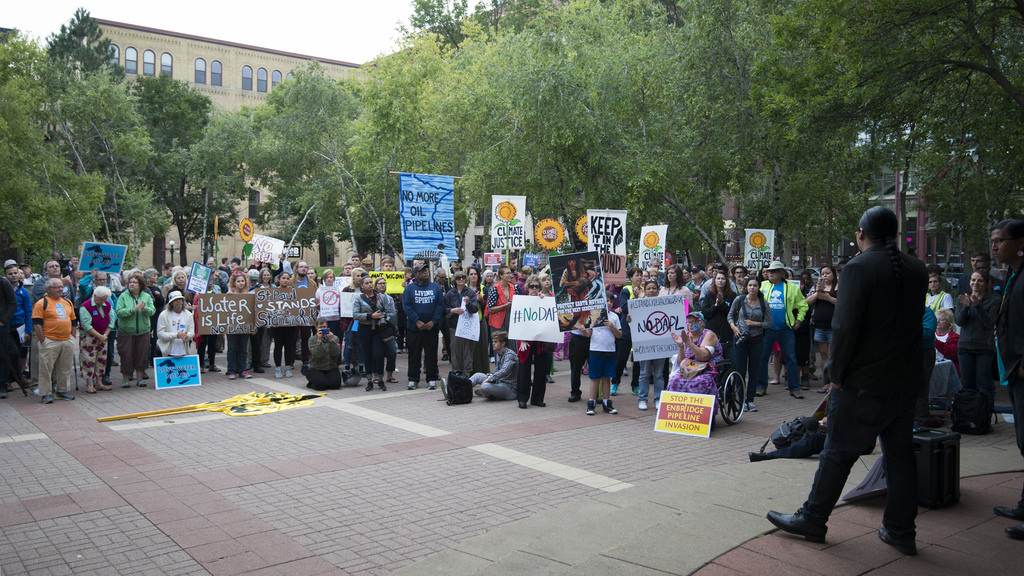Views expressed in opinion columns are the author’s own.
Among many activists, there has been a rising trend of reprimanding the general “white man” for many of the problems plaguing various communities of minorities. Anger toward white privilege and its abuse, combined with increasing frustration over the more recent actions of the current administration, has led many to accuse the white man of debilitating minorities. I do not intend to dismiss such claims, for they are not untrue. Instead, I am calling upon activists to be more careful and specific in their attribution of blame and to not reinforce a divide that is entirely artificial.
Certainly, it is true, the arrival of the white man has hardly ever brought good news. Native Americans, Africans, Arabs, Persians, Indians, all have suffered — and many continue to suffer — from the invasion of Europeans and Americans alike. And, in many countries around the world, the white man’s departure remains marked with an annual, and at times elaborate, celebration of independence, as in Central America. And while we cannot dismiss past and current instances of colonization and occupation, activists must do away with vague attribution that hardly makes it possible to combat the root causes of current injustices.
Let us consider this imaginary experiment. We sit an Iraqi child in one room, and an American child in another, and each are told that they must craft a comic book, and the main character has to be one who terrifies them. The results, I believe, would startle us. The American child might choose a character that looks something like my father, a man with a long, thick Arab beard, a kaffeyeh around his neck and a koofi on his head. It is the closest image many American children have of terror. The Iraqi child, in turn, may choose an American soldier as his main character, because for him, the soldier captures almost every terrifying raid, imprisonment and killing that he has witnessed.
In other words, we assign faces, colors and ethnicities to what terrifies us in order to make clear who our enemy is. But the enemy, or the perpetrator of a particular injustice, is vaguer than that and must remain vague in terms of color if one is to properly address the origins of a problem.
Certainly, assigning a white face to the problem characterizes the oppressor, but it does not solve the oppression. It distracts rather than alleviates. Simply attributing, for instance, the plight of the Native Americans at Standing Rock to the oppressive white man, is not necessarily inaccurate, but it overlooks a very important aspect, that is, the economic interests that have long been the cause of their oppression. Many frustrated activists continue to reprimand the general white man in this case, though this distracts from Energy Transfer Partners, which has been largely responsible for the administration of the Dakota Access Pipeline.
Yet, we cannot dismiss the legitimacy of the claim that the white man has always held privilege over minorities and what are deemed as third-world or developing countries. Both nationally and internationally, non-white individuals have been repeatedly subjected to the economic interests of the white man. But the concept of the white man is hard to combat — not only because it is too vast and includes too many people, but also because not every white man, or white woman, represents or supports the very oppressor whose skin color they happen to share. I have attended many protests and rallies in support of various groups of minorities where the majority of the crowd was white Americans. Many of them are equally frustrated with the actions and behaviors of the very people they are assumed to represent.
Still, one may point to the demographic of Donald Trump voters to prove that the majority of people who voted for an individual who has dismissed and offended almost every minority group in this country were indeed white Americans. And while that was certainly the case, we must also understand that any time there is anger, fear and poverty mixed together, the results are often terrifying. It is fear, abused and played with by politicians, and not only racism or hatred, that has delivered such drastic and frightening changes within our country and others. It is how Hitler rose to power in Germany. It is how ISIS spread in Iraq and Syria. And, it is how Trump became president in America.
The white man is simply a term that reinstates a divide among what would otherwise be a powerful mass of disadvantaged individuals. Instead of having the poor mobilize across color, many white Americans are led to believe the growing population of minorities is to blame for their poverty and high levels of unemployment. Of course, many disregard this claim, but there are also a considerable number of individuals who have come to believe this. And it is simpler this way to be able to direct one’s anger toward something tangible, something closer and something that can easily be fought. A government, or a system as a whole, on the contrary, is an overwhelming thing to battle.
On the other hand, it is far easier to simply insist upon the tyranny and unfairness of color. And while it is not untrue, we as minorities must search among the white men and women for those understanding and those with whom we may form alliances. We must also not assume that white individuals do not suffer from a corrupt and insensitive government. So let us be more careful in our assignment of blame so that we may not fall for the same rhetoric of fear and divide which led President Trump into power.
Aiyah Sibay is a senior English major. She can be reached at AK_Sibay@hotmail.com.



